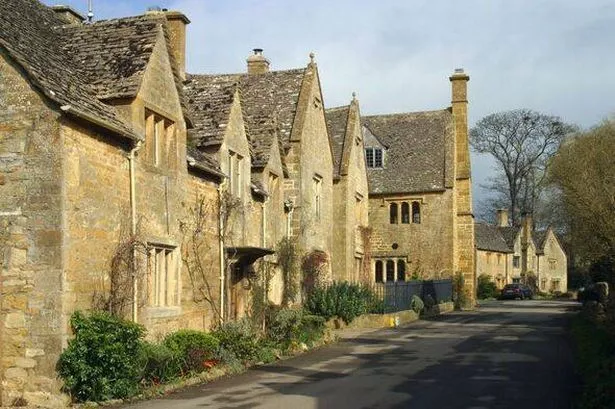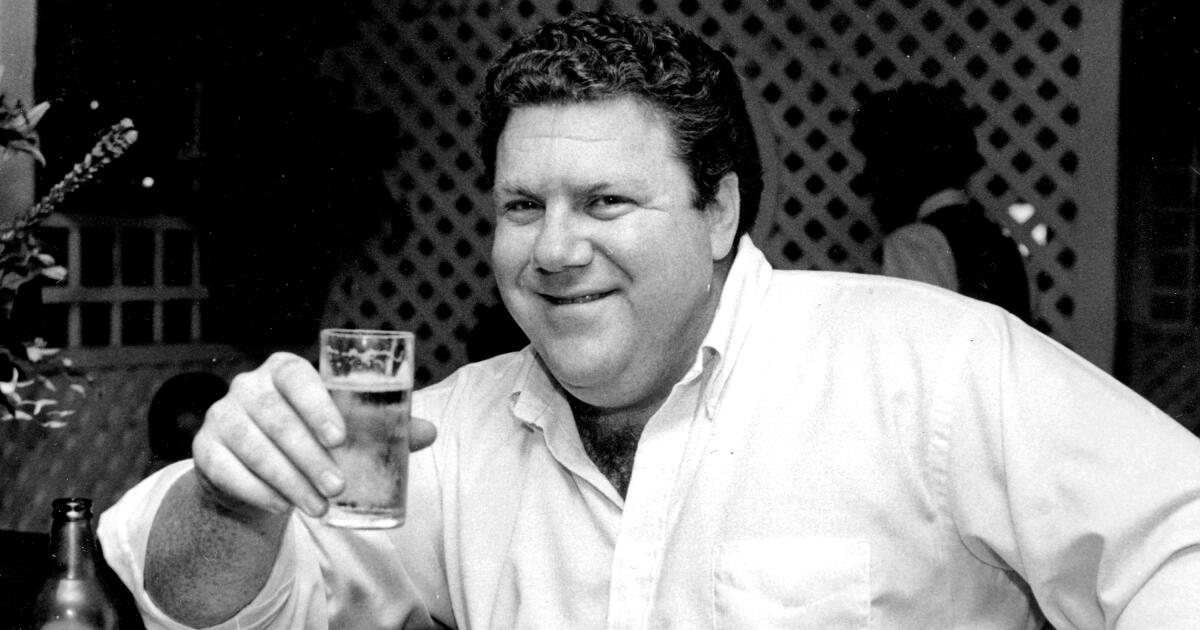Stanton in Tewkesbury Borough, Gloucestershire, is a quintessential English village with thatched cottages, an ancient church and a stunning manor house
Stepping into Stanton in Tewkesbury Borough, Gloucestershire conjures up images of a quintessential English countryside village.
The settlement sits on the edge of the Cotswolds Hills, roughly three miles southwest of Broadway in the adjacent county of Worcestershire.
Whilst Stanton officially lies within Gloucestershire boundaries, it’s frequently mistakenly assigned to Worcestershire since Broadway serves as its postal town.
The village also neighbours Stanway, Gloucestershire, which houses the notable Stanway estate.
The Cotswold Way passes directly through the settlement, offering breathtaking panoramic views of the surrounding landscape, reports Gloucestershire Live.
Among the village’s most striking characteristics is that nearly every dwelling is constructed from traditional Cotswold stone.
The Mount pub serves as the village’s main hub, positioned at the terminus of the high street.
Pevsner described it as ‘architecturally, the most distinguished of the smaller villages in the North Cotswolds’.
Additional notable structures include St Michael’s Church, with origins tracing back to Norman times, Stanton Court (Jacobean era) and The Manor (alternatively known as “Warren House”), constructed in 1577.
The village’s heritage stretches back to the era of Kenulf, king of Mercia, who bestowed the tithes and patronage of Stanton upon Winchcombe’s Benedictine Abbey in 811.
Sir Philip Sidney Stott, an English architect, civil engineer and surveyor, is recognised for saving Stanton village from decline in 1906.
Sir Philip invested his wealth and expertise into renovating Stanton Court alongside other heritage structures. The village boasts several remarkable buildings, including Sheppey Corner.
This Grade II listed thatched cottage, constructed around 1650 and perched at the top of the High Street, is a favourite feature on Cotswolds’ calendars and postcards. Originally a large house and barn, it’s now split into three charming cottages: the Cloisters, Sheppey Cottage, and Pixie Cottage.
Cotswolds Tours recommends a visit to Stanton Court, another popular attraction. This Grade II listed Jacobean Manor House was erected for the Izod family in the early part of the 17th Century.
It later passed to their relatives, the Wynniatt family, in the early 18th Century, who expanded the house by adding a wing with a Georgian sitting room.
The Mount, aptly named, sits atop the mount at the end of the high street and serves as the village’s local pub. Its unique location offers breathtaking panoramic views across the Vale of Evesham towards the Malvern Hills.
On a clear day, you can even spot the Black Welsh mountains in the distance. It’s the perfect spot to watch the sunset on a summer’s evening, enjoy a cold beer, and have a chat with your loved ones.

